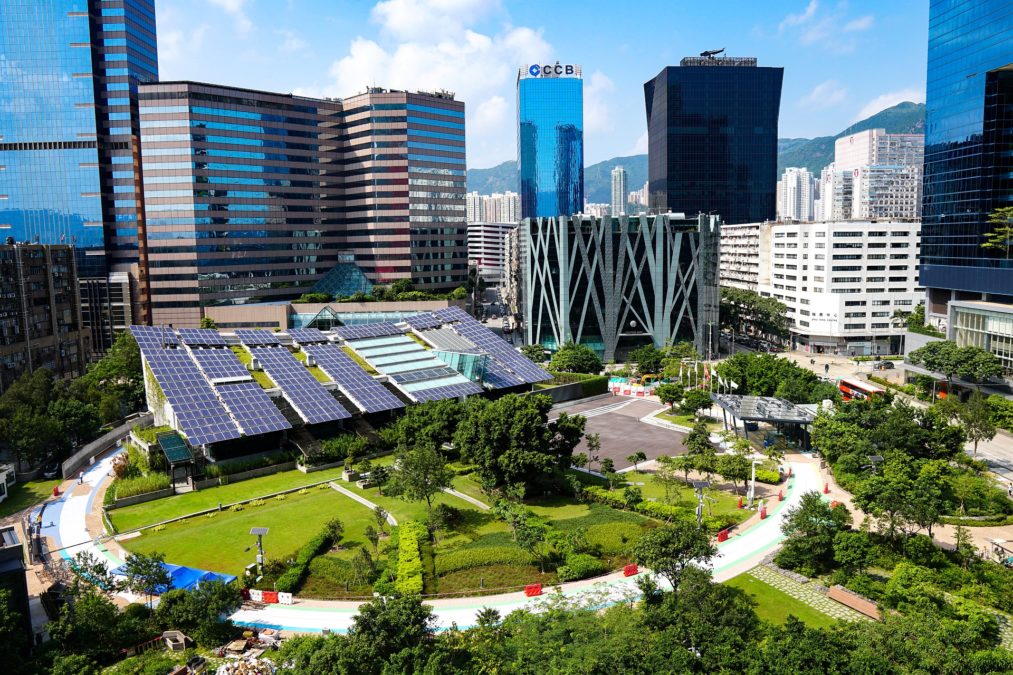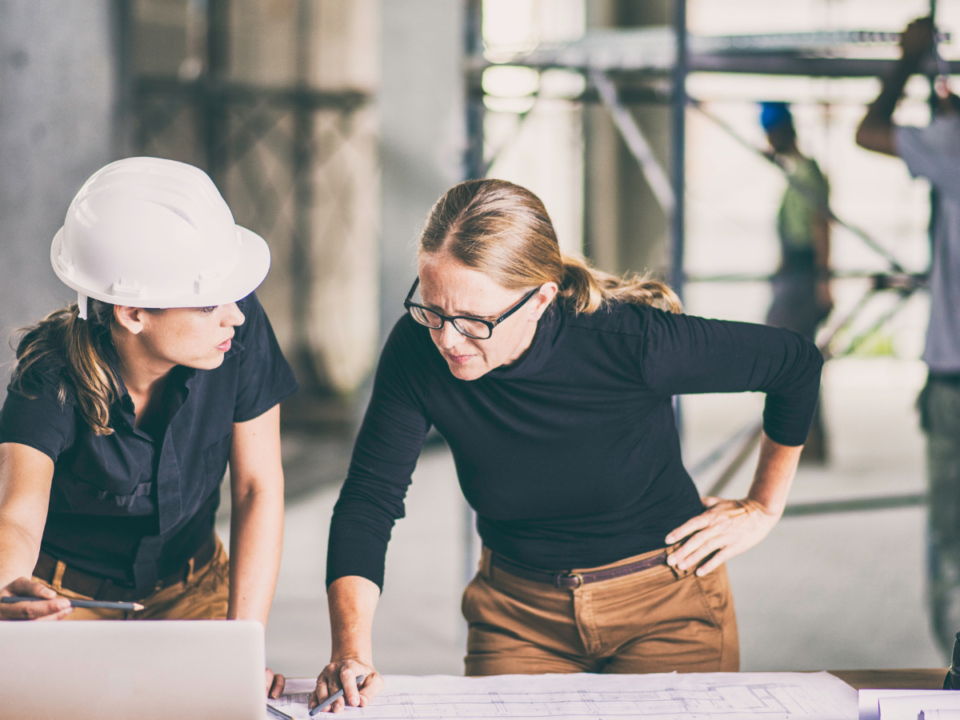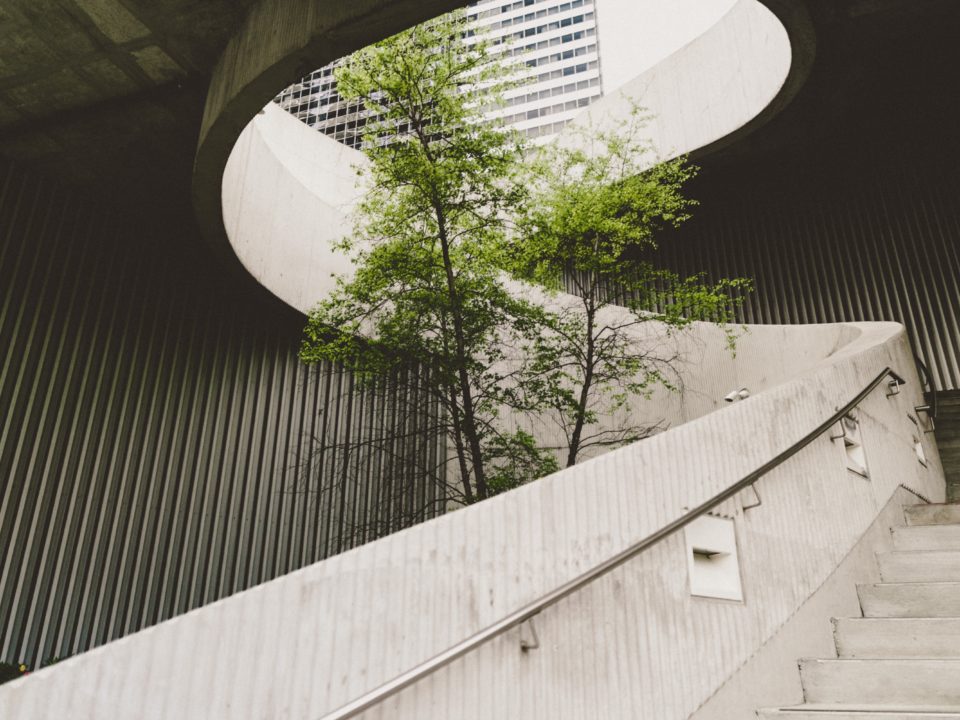Many terms in sustainability tend to be quite broad, largely because there is no unanimous agreement on the definition. Sustainability terms are also applied globally, which can be challenging as local context can influence how something is perceived.
So, where do green buildings fit into this equation?
According to the World Green Building Council, “a green building is a building that, in its design, construction or operation, reduces or eliminates negative impacts, and can create positive impacts, on our climate and natural environment. Green buildings preserve precious natural resources and improve our quality of life.”
Needless to say, that is a fairly broad definition, which can make it confusing for stakeholders such as investors to tenants to correctly identify which building is green and which isn’t.
If we break down the World Green Building Council definition into its component parts, a building must address at least one of the following questions to be considered green.
How resource-intensive is it?
Buildings use a significant amount of energy and water for operations. According to the IEA (International Energy Agency), 36 percent of global energy use comes from buildings and the building construction sector. The United Nations Environment Program Sustainable Buildings and Climate Initiative (UNEP-SBCI) has also calculated that the building sector is responsible for approximately 12 percent of global fresh-water use and produces up to 40 percent of global solid waste. I know what you are thinking…it’s a lot!
That’s where green buildings come into play. A green building is one that reduces the use of energy and water through its design and fit-out. For example, it may have technology in place to harvest rainwater for re-use, or low-flow water faucets to reduce the amount of water released at any one time from taps. On the energy side, a resource-efficient building may use automated light switches to reduce the electricity consumption or have insulated external walls to reduce the amount of lost heat.
What materials have gone into the building?
Oftentimes when we think of a green building, we think about luxurious buildings with plants going up the walls and solar installations on the roof. We rarely think about the materials that the building is made of. In reality, the materials that go into the building have a significant impact. That’s because the energy it takes to create the materials that go into the building, known in the industry as the embodied energy, is significant. The embodied energy of a building varies greatly because of the range of construction materials available, but it is estimated that in the 100-year life span of a building, the embodied energy accounts for roughly 10 percent of the energy used in its life.
Materials that we are very familiar with, for example bricks in the United Kingdom or cement in Greece, use a significant amount of energy and water to produce and thereby create their own carbon footprint. So thinking about it on a high level, every material you put into your building has its own carbon footprint. Consequently, all of that adds up to become the carbon footprint of your building, and that’s before you even start using the building and operating things like electricity and heating! A green building is one that considers where the materials come from and what the impact of those materials is.
Where is its energy coming from?
A building wouldn’t be much use if it was boiling or freezing inside, or it was too dark to see anything. To allow a building to operate successfully, the building needs electricity and depending on the climate, potentially some form of heating or cooling. The burning of fossil fuels for heat and electricity contributes 25 percent of global greenhouse gas emissions. Buildings that can reduce their dependence on the grid can reduce their impact significantly.
This can be achieved through several ways. First of all, more and more technologies are available for on-site renewable energy, including rooftop solar, on-site solar panels on parking spaces, as well as more innovative technology like building-integrated photovoltaics. If on-site renewable isn’t an option, which it isn’t always, there are also options to look at off-site renewable energy such as a solar farm or wind farm nearby, or a community energy program. Finally, there is the purchasing of green energy through certified providers.
How much waste is it generating?
Waste management is often an overlooked subject. There are no systems in place to manage or monitor how much operational waste is generated, and builders may not take into account the amount of material used for construction or the waste during the demolition phase.
Since green buildings use fewer, more durable materials, this tends to lower the waste generated in the construction phase. The design of green buildings also takes into consideration the building’s end of life stage, so it also considers demolition waste recovery and reuse.
On the operational waste side, data collection and monitoring play a key role in waste management. There are embedded systems in green buildings to ensure the promotion of recycling and reuse, such as waste management systems that are well documented and supervised. This helps to monitor the types of waste generated every day and to understand if certain areas produce more residual waste than others. Another important aspect of this system is that it identifies how organic waste is managed and if odours, including methane, are generated from being stored in closed containers for too long.
Is it a healthy environment for humans?
Given the amount of time we spend inside buildings, it’s no wonder that health is part of a green building as sustainability tends to encompass wellbeing. A healthy environment could include features such as indoor air quality, light, and beyond. Such features, however, can mean higher energy costs.
Green buildings tend to be designed to take these factors into account, without adding additional load to the electricity system. For example, designing a building with natural ventilation systems to bring fresh air in without burning more electricity. Beyond the quality of the air, green buildings also look at a user’s experience with light and sound. Natural light plays an important role for wellbeing for example, and also reduces the need for electricity, which in turn reduces the carbon emissions of the operations of the building.
These features can be implemented whether the building meets other green criteria or not, but over the last few years wellbeing has entered the “green” space and is being talked about as equally important in the design. While some of these features don’t necessarily reduce the environmental impact of the building, they play an important role in creating holistically comfortable buildings that are also not damaging the environment and mean that tenants don’t need to choose between comfort and green.
How is it impacting the broader community?
A building is very rarely isolated from its urban environment, and so the area around a building can play an important role in its footprint. A building inherently affects the community it is in, from the landscape, to the tenants and type of business it brings to a community, to the impact on the natural environment.
A green building will have a minimal, or positive, impact on the community it is found in. For example, ensuring the nature around the site is preserved as best as possible and the local wildlife and land quality aren’t negatively impacted by the development. This is typically done through creating preservation zones, remediating land and creating new green areas to help protect the area. Community in green buildings can also be the connectivity of the building. For instance, is the building able to support transportation for its tenants, is it close to public transportation, does it have footpaths and allow for low emissions transportation, is it close to other amenities such as shops and schools etc. The impact of transportation falls outside of the scope of a green building but is something that can and should be considered in the design of green buildings as it connects to the broader ecosystem of a net zero society.
Due to the nature of the definition, it’s easy to see why many stakeholders have difficulty grasping what a green building actually is – it can get quite complicated! The important thing to understand is that technology today allows for a smooth and step by step shifting to green. And taking into consideration the current state of our planet, we must build as sustainably as possible.
There is no one-size fits all approach, which means that truly every building on this planet can be built green, no matter whether it is a hospital, a school, a home, or an office space.





